You’ve got your garden planted with all kinds of baby plants, and now you’re ready to start actually gardening! So…uh…what do you do? How do you make sure your garden is healthy, nice-looking, and productive through the entire growing season?
Well, we’ve got you covered. We pulled together daily, weekly, and monthly to-do lists to keep you on track with garden maintenance. Let’s get started.
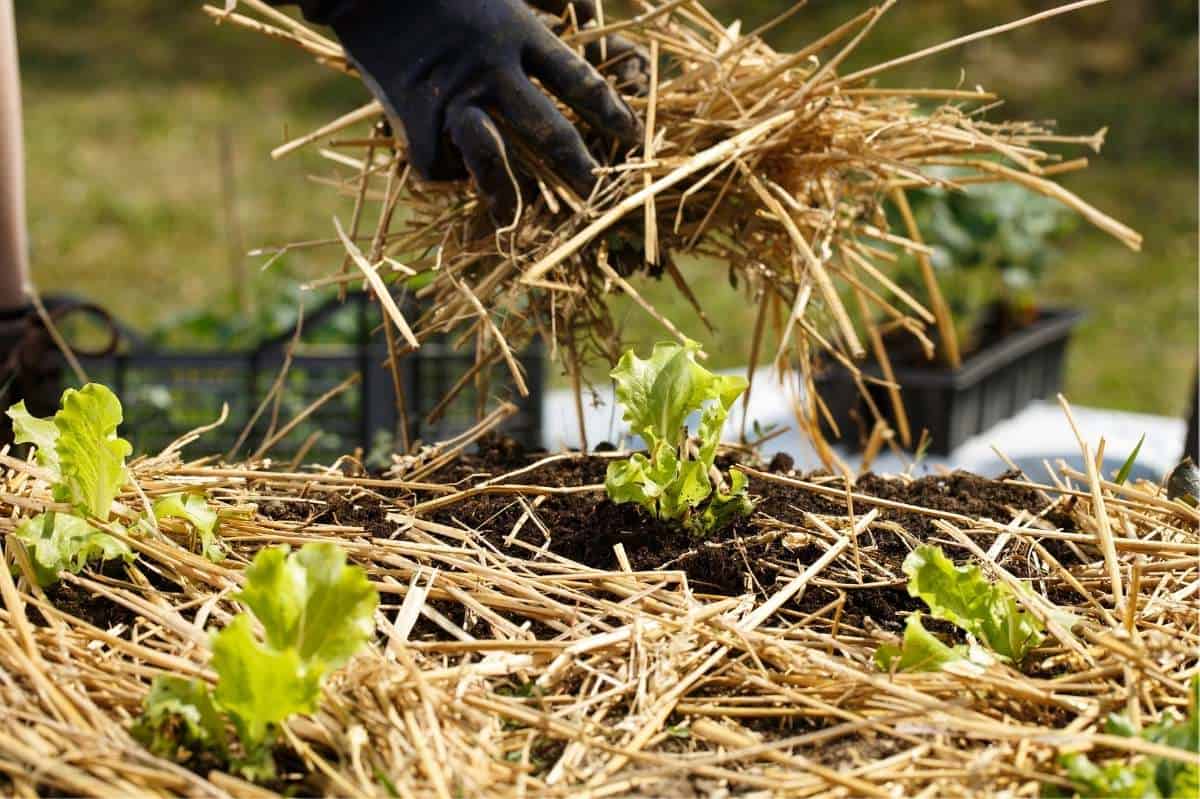
Daily Maintenance Tasks:
The number one piece of advice we give new gardeners is to visit your garden daily! This isn’t always feasible if your garden is off-site (like say, a community garden plot), but a daily trip to your garden can do wonders for keeping your garden healthy, tidy, and productive (as well as do wonders for your mental health). On your daily garden visits:
Check for water needs.
During the heat of the summer, you’d be surprised by how quickly a garden (especially a container garden) can dry out. It’s important to check for watering needs daily.
Pull some weeds.
If you see a weed, pull a weed! It’s a gardening motto to live by, because weeds can quickly overwhelm even the most diligent of organic gardeners. Checking in daily and removing weeds is a great way to stay on top of it.
Check for pests.
Certain pests (we’re looking at you, tomato hornworms) can decimate a crop in a matter of hours if not removed—so it’s a good idea to check in and see if you have any pests you need to handle every day.

Add to your compost.
Chances are, if you’re harvesting and cooking from your garden, you’re going to have food scraps that need to be added to the compost pile. Do that daily to avoid gathering fruit flies in your home.
Harvest any fruits or veggies.
Keeping on top of harvesting might seem like a no brainer, but come summer, when plants are producing fast and furious, it can be a lot! In general, garden plants produce more when they are harvested regularly, so make sure you’re checking every day for fruits and vegetables that are ready to enjoy.
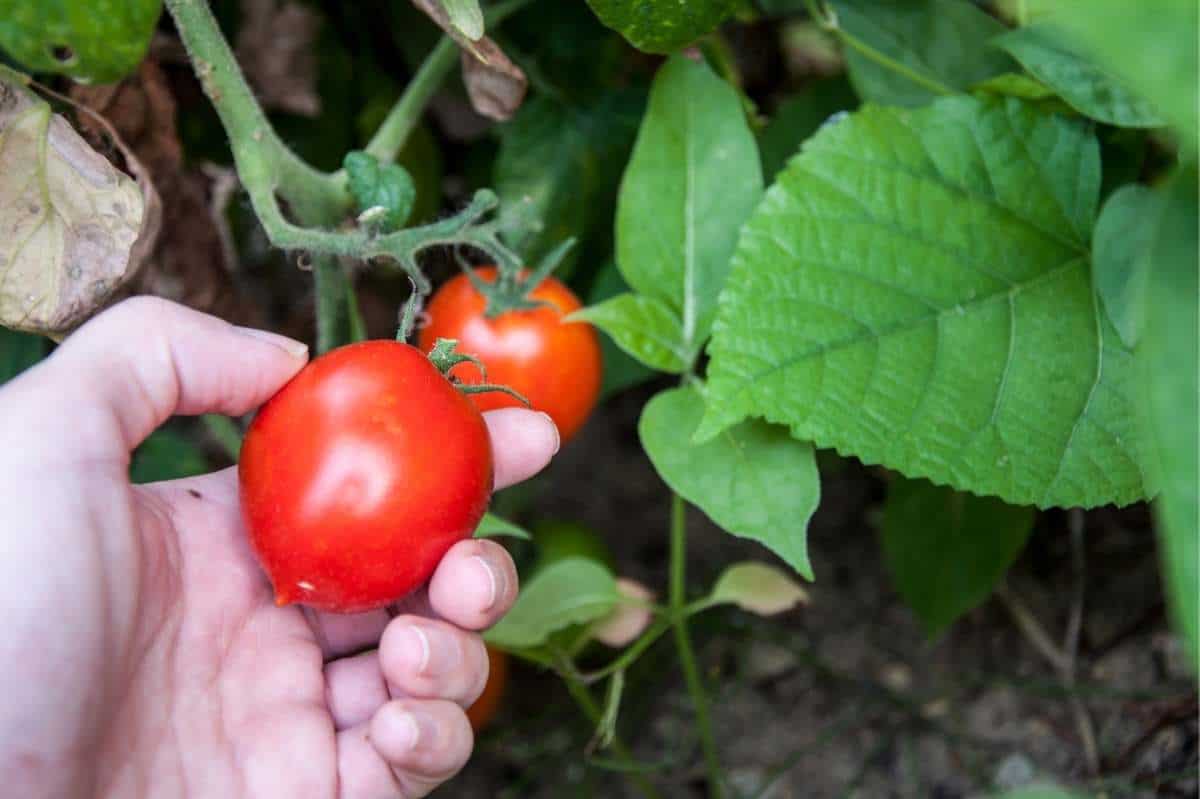
Take a breath.
Your garden should be a place of peace, so make sure you enjoy it daily! We highly recommend leaving behind your phone, and just spending a few minutes enjoying nature in your garden.
Weekly Maintenance Tasks:
It’s a good idea to devote a good chunk of time each week to garden maintenance. Most folks do this on a nice weekend day—it’s a wonderful way to spend a Saturday afternoon!
Remove all weeds.
We really want you to stay on top of those pesky weeds! It’s a good idea to make sure your garden is weed-free at least weekly. While this is easier said than done, it’s a good goal to strive for.
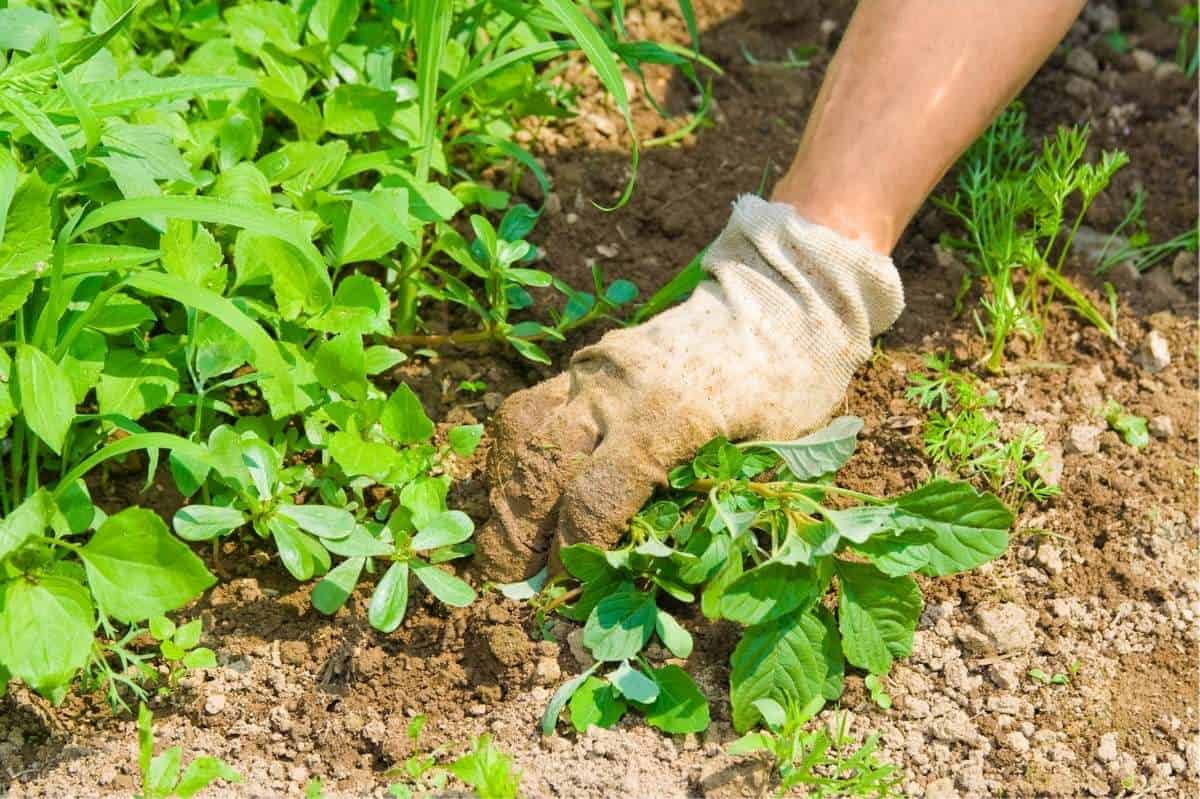
Foliar fertilizer, if needed.
If you’re on a regular fertilization schedule, weekly is a good routine to get into—especially when working with gentle, foliare organic fertilizers like compost tea or fish emulsion.
Deal with diseases and pests.
If you discovered any diseases or pests during your daily visit, make sure you stay on top of treatment. Many treatments (like diatomaceous earth for soft-bodied insects) require regular reapplication to be effective.
Prune/trim back plants to encourage growth.
Many plants enjoy a little hair cut! Herbs, in particular, like to be harvested from and pruned regularly—this makes for stronger, more productive plants.
Plant more succession crops.
If you have certain crops you are planting in succession—meaning you are planting batches of the crop every few weeks to ensure a consistent harvest—now is a great time to tackle that planting. We succession plant lettuces, spinach, greens, and cilantro regularly in the Growfully gardens.

Remove spent plants.
Weekly garden maintenance is a good time to remove any spent plants that are no longer producing. Make sure to completely clear your garden debris to help prevent diseases and pests.
Monthly Maintenance Tasks:
If you’re on top of your daily tasks and weekly tasks, monthly maintenance is pretty easy in the garden! Here’s what we recommend you tackle each month:
Soil fertilizer, if needed.
If you would like to side-dress or otherwise fertilize your garden with soil amendments, monthly is a common schedule for doing that.
Check if you need to replenish mulch.
Mulch can blow away or break down during the growing season, so once a month is a good schedule to get on to see if any of your mulch needs topping off.

Use natural weed preventers and herbicides, if desired.
If you are using natural weed preventers (like corn gluten meal) or natural herbicides to kill weeds (like horticultural vinegar), reapplying them monthly is a good routine to get in to help you reduce your weeds.
End of Season Maintenance Tasks:
Once you’re ready to wrap up for the year, don’t just ignore your garden until the spring—make sure you put your garden to bed for the year so you can get a jump start for the next growing season.
Remove plant debris.
Leaving plant debris in the garden over winter is one of the most common causes of insect and disease problems. Make sure you remove all your plant debris. Most folks choose to compost their spent plants, but if you have a pest or disease issue, make sure to burn or bag and trash your debris.
Cover crop.
End of season is a great time to condition the soil by cover cropping. We use Territorial Seed Company’s Fall Mix every year on our beds, with great results!

Soil test.
While the soil is dry and you have plenty of time to make adjustments, fall is the time to get soil testing done.
Amend the soil and adjust the pH.
Once your soil results are back, you can work on adjusting your soil to correct nutritional deficiencies or pH issues. In general, it’s a better idea to adjust these things in the fall for the next growing season.
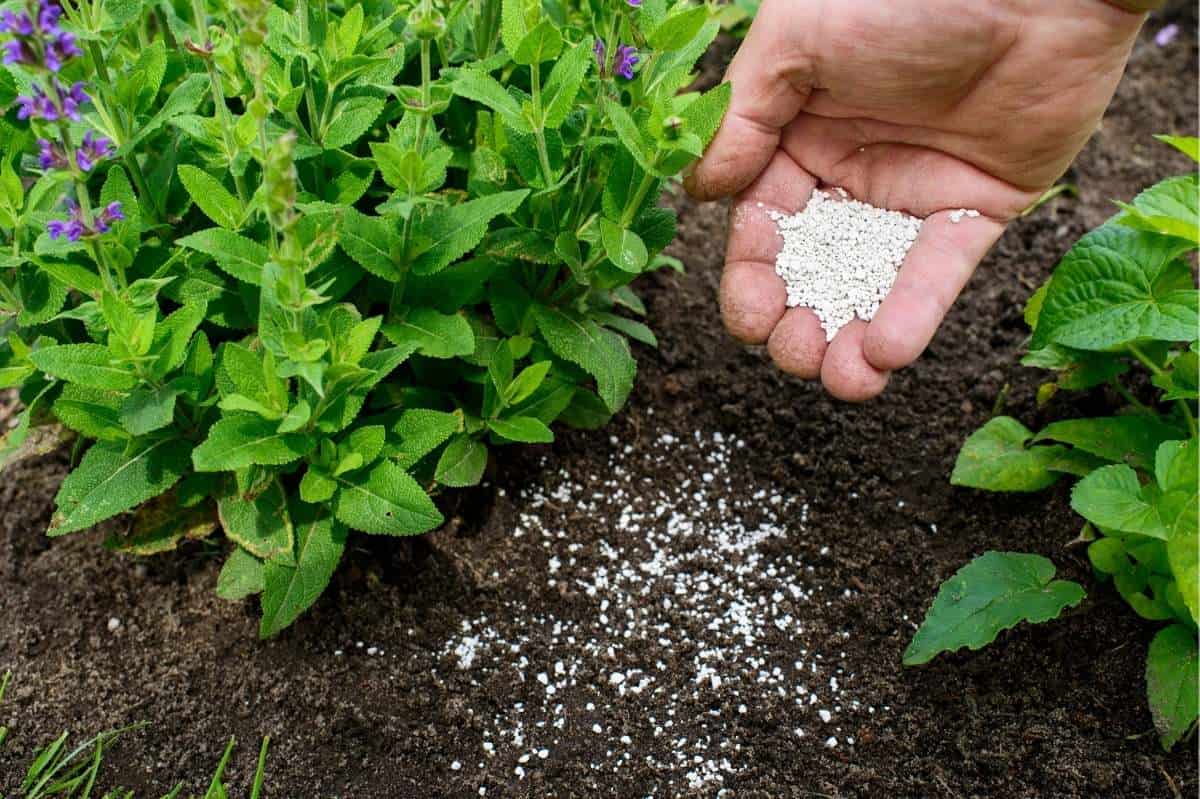
Mulch.
Don’t forget to quite literally put your garden to bed by putting a blanket of mulch on your beds. This helps reduce erosion and keeps the soil structure intact. You’ll pull the mulch back in the spring to let the soil warm by the sun.

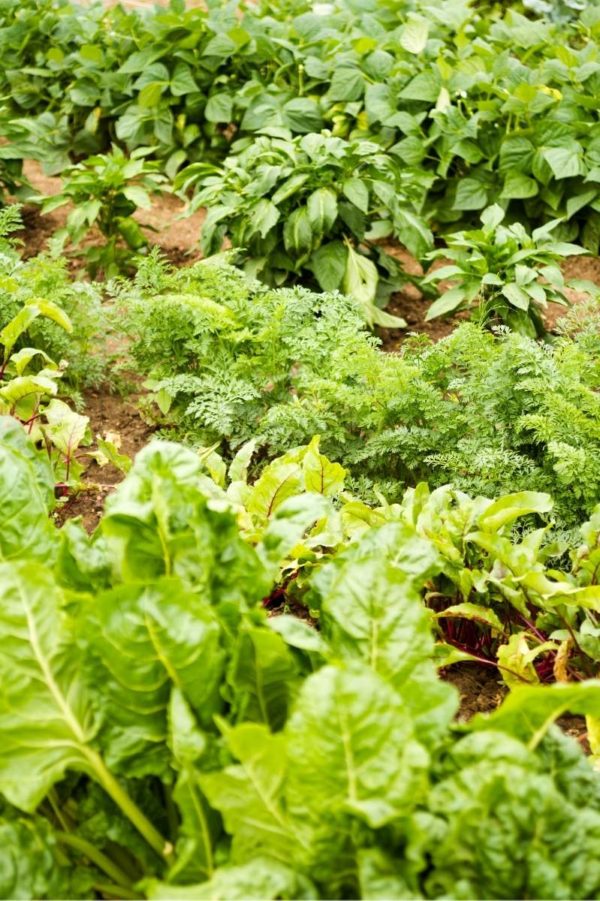






Teach! If you’re like me, way over 70, you’re shocked how these food shortages didn’t happen back in the 50’s. What we’re witnessing is amazing to me. People go to our stores hoping to find their favorite vegetables only to go home believing the store is just out. Well, that’s not the case.
The farms are changing what they’re growing, so we better teach the next generation how to grow food.
For the first time in my life I now realize why my grandfather used his whole backyard to grow vegetables for his family
I’m not too old to change, so I pulled up the grass and now a sea of raised beds all through my backyard. Even used an old brick bed which hasn’t been cleaned out in ten years.
We need more victory gardeners to seriously teach our children why this knowledge might save their family some day. Grow more than you can eat…share with others.
Watching people going to their yard to pull up roots and cook them because they were starving was enough for me to do something…please join me.